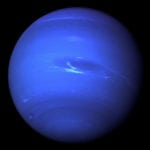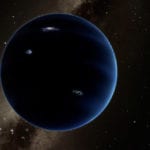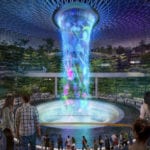 Our World
Our World  Our World
Our World  Movies and TV
Movies and TV The 10 Coolest Stars to Set Sail on The Love Boat
 History
History 10 Things You Didn’t Know About the American National Anthem
 Technology
Technology Top 10 Everyday Tech Buzzwords That Hide a Darker Past
 Humans
Humans 10 Everyday Human Behaviors That Are Actually Survival Instincts
 Animals
Animals 10 Animals That Humiliated and Harmed Historical Leaders
 History
History 10 Most Influential Protests in Modern History
 Creepy
Creepy 10 More Representations of Death from Myth, Legend, and Folktale
 Technology
Technology 10 Scientific Breakthroughs of 2025 That’ll Change Everything
 Our World
Our World 10 Ways Icelandic Culture Makes Other Countries Look Boring
 Our World
Our World 10 Ways Your Christmas Tree Is More Lit Than You Think
 Movies and TV
Movies and TV The 10 Coolest Stars to Set Sail on The Love Boat
 History
History 10 Things You Didn’t Know About the American National Anthem
Who's Behind Listverse?

Jamie Frater
Head Editor
Jamie founded Listverse due to an insatiable desire to share fascinating, obscure, and bizarre facts. He has been a guest speaker on numerous national radio and television stations and is a five time published author.
More About Us Technology
Technology Top 10 Everyday Tech Buzzwords That Hide a Darker Past
 Humans
Humans 10 Everyday Human Behaviors That Are Actually Survival Instincts
 Animals
Animals 10 Animals That Humiliated and Harmed Historical Leaders
 History
History 10 Most Influential Protests in Modern History
 Creepy
Creepy 10 More Representations of Death from Myth, Legend, and Folktale
 Technology
Technology 10 Scientific Breakthroughs of 2025 That’ll Change Everything
 Our World
Our World 10 Ways Icelandic Culture Makes Other Countries Look Boring
10 Coolest Non-Planetary Objects In Our Solar System
Space is awesome. There’s no arguing that. But all of the really cool stuff is way out there—beyond the edges our solar system—in deep space. In fact, our solar system is pretty lousy. Everyone learns about it in first grade: You’ve got nine planets (or eight since Pluto got the boot), a few boring moons flying around them, the Sun, and that’s pretty much it—right? Actually, space has more wonders than you could possibly imagine, and some of them are right in our backyard.
10 The Asteroid With Its Own Moon
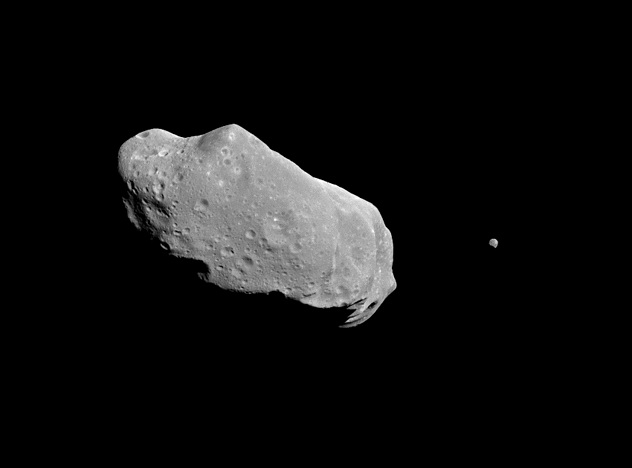
Logic would dictate that anything smaller than a planet doesn’t have the gravitational pull to hold onto a moon, but thats not always the case. Enter 243 Ida, an asteroid that’s only 30 kilometers (19 mi) across when you measure it the longest possible way. Ida has a tiny, 1.6-kilometer (1 mi) moon orbiting it (Dactyl). It’s the first binary system of asteroids that we found and the only one we’ve done a close enough flyby of to get clear pictures, but we’ve since discovered over a dozen binary asteroids.
9 Io
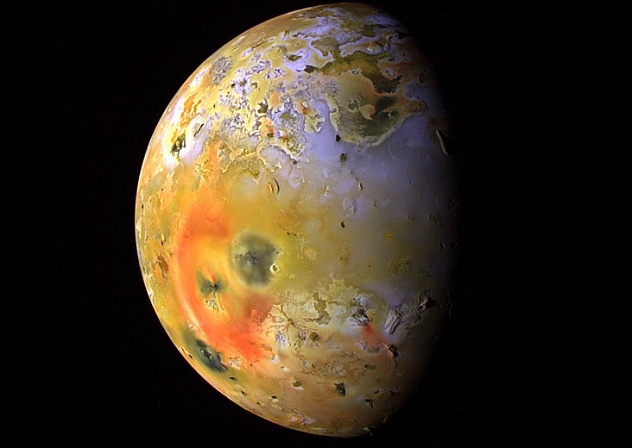
If ever there was a world that should remind you of Hell, it’s Jupiter’s moon Io. Seeming more like something out of Middle Earth than reality, Io has more volcanic activity than any body in our solar system. This geologic activity is caused by the intense tidal forces between Io and Jupiter, which are constantly pulling and stretching the moon.
The eruptions on Io can be enormous, coating over 30 square kilometers (11.6 sq mi) in volcanic material, and they can be seen from space.
Io’s route through Jupiter’s magnetosphere causes it to generate great amounts of electricity that make lightning storms in Jupiter’s upper atmosphere. But don’t think Jupiter gets the worst of this interaction—its intense magnetic belts strip 1,000 kilograms of material off of Io every second. This has the added effect of supercharging Jupiter’s magnetosphere, effectively doubling its size.
8Pluto Isn’t Anything Like We Thought
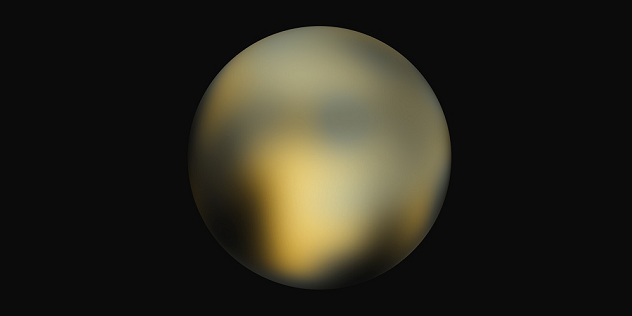
Despite how long we’ve known Pluto existed, we know surprisingly little about the dwarf planet. For example, that photo up there? That’s the clearest image of Pluto we have, and even that is cobbled together from several shots.
This is because space is big—staggeringly, stupid, crazy big. At its absolute closest, Pluto is 4.2 billion kilometers (2.6 billion miles) away, which is a number so big that our brains don’t really know what it means. The most powerful telescopes we have only give us a grainy, out-of-focus image at that enormous of a distance.
But these images are sharp enough to tell us that Pluto is nothing like we first imagined: a boring hunk of rock. It’s surface is a carbon-rich mixture of white, black, and dark orange, and we’ve observed the poles lightening and darkening over time. Our best guess at present is that these are seasonal changes, spurred on by the distant sun that sublimates surface methane and flings it into the atmosphere (yeah, it has one of those, too).
7 Mimas
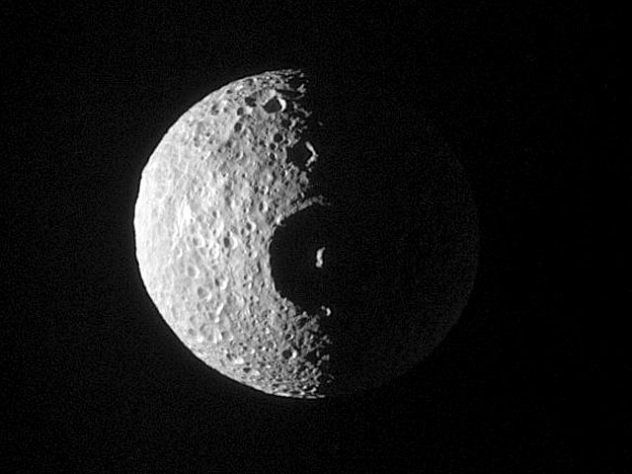
That’s no moon . . . actually, it is. You’re looking at Mimas, a moon of Saturn and one of the most heavily cratered objects in the solar system. It also happens to look just like the Death Star. And before you say, “Well, clearly Mimas was the inspiration for the Death Star,” we’ll just mention that the crater wasn’t discovered until three years after Star Wars Episode IV: A New Hope.
Mimas is also quite mysterious; its orbit is closer to Saturn than Enceladus (its icy neighbor). Both moons are composed almost entirely of ice, but only Enceladus is tidally heated by Saturn enough to melt the ice and create geysers that shoot water into space. This doesn’t make a lot of sense because Mimas is much closer to Saturn, and its orbit is less circular, which should mean it experiences more heating than Enceladus. We have no idea why it doesn’t.
6 Ganymede
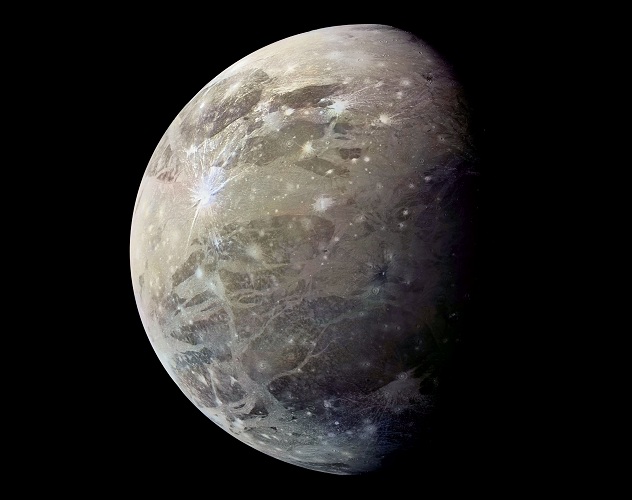
Ganymede is the largest moon in the solar system, and it’s even larger than the planet Mercury—meaning it’d be a planet if it were orbiting the Sun instead of Jupiter. It has its own magnetic field as well, something that no other moon can claim.
It also has a thin oxygen atmosphere, but it’s nowhere near thick enough to support life. Ganymede’s craters are very flat when compared to most moons, which suggests geologic activity below the surface—not surprising for something so large and so close to Jupiter.
5 Saturn’s Enormous Ring
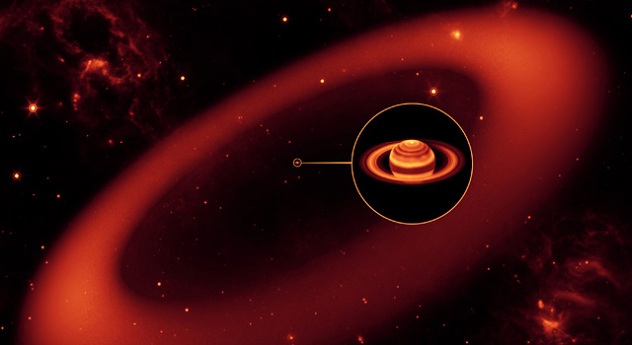
The one thing everyone thinks of when Saturn is mentioned is its vast array of rings. And while it’s certainly not the only planet with a ring system, they’re definitely the most spectacular example. What we didn’t know until recently is that Saturn’s ring system extends much farther than we first thought.
The ring, made of dust and ice, has eluded discovery for so long because it’s almost invisible, and if you don’t look at it in infrared, it’s easy to miss. The sheer size of the ring is hard to visualize—it begins 6 million kilometers (3.7 million miles) from Saturn and extends all the way out to 12 million kilometers (7.5 million miles). It’s 20 times as thick as the planet’s height, and Saturn isn’t small. You’d have to use one billion Earths to fill the space the ring takes up.
4The Solar System Limits
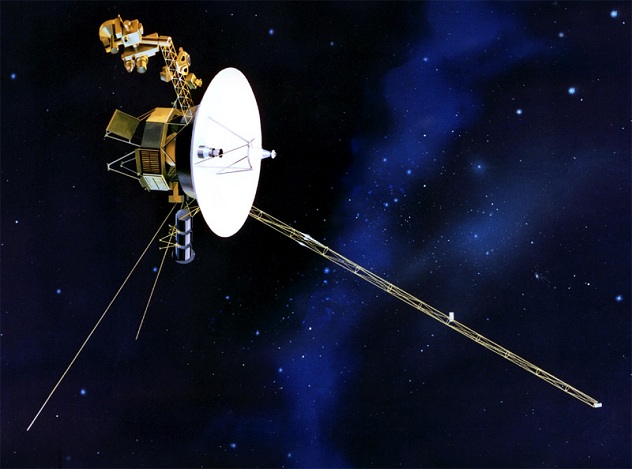
As much as we’ve learned about our solar system, there are still simple questions that we just can’t answer. You know, questions like “how large is this thing anyway?” When you were in school, you probably learned that Pluto was the farthest thing from the Sun in our solar system. But then we discovered Eris, the largest known dwarf planet (and the object that made us revoke Pluto’s planethood), twice the distance Pluto is from the Sun. What’s beyond that? The Oort Cloud, a spherical “cloud” of comets near the edge of the Sun’s reach.
And beyond that? Well, in 1977, we launched two deep space probes (Voyager 1 and Voyager 2). They’re still in contact with us 36 years later, and we only just realized that Voyager 1 left the solar system. Simply put, the presence of plasma coming from other stars has indicated that the probe finally made it out, and . . . we don’t know a whole lot more just yet. Now we just need to get as much data as possible before it runs out of power (projected to happen around 2025).
3 Hyperion
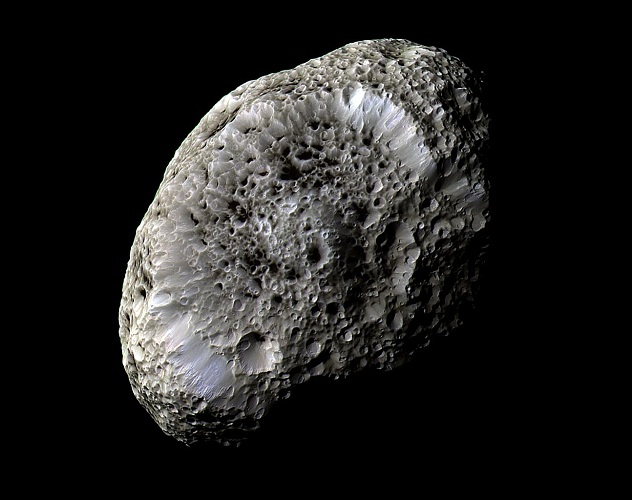
Hyperion, which looks a lot like a sponge, is the largest moon in the solar system that isn’t spherical. It never rotates quite the same way because Titan, a nearby moon, keeps pulling it in different directions.
Hyperion’s density is just above half the density of water (so it would float, provided a large enough ocean), which is the reason for its spongy appearance; anything that collides with the moon penetrates deeper because of Hyperion’s low density. A spongy moon that floats on water—now we just need to find one that looks like a bar of soap. Oh, we already found one? Good work, NASA.
2 Ceres
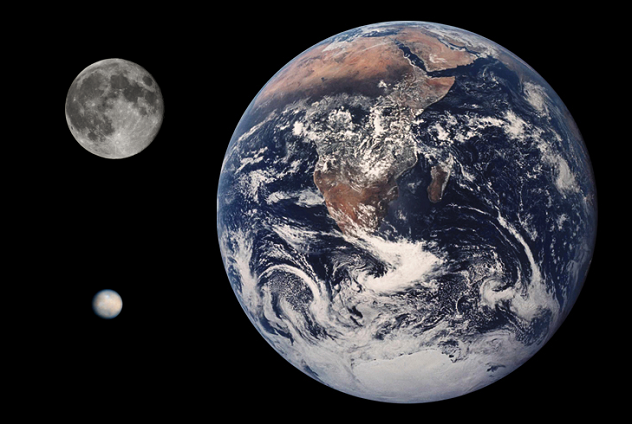
Ceres (lower-left in the above image) is the only dwarf planet in the “main” part of the solar system. It’s located in the asteroid belt and hogs up all the material in the area (it makes up one-third of all the belt’s matter). Imagine we had the capability to launch the state of Texas into space, and you’ll have a general idea of how large Ceres is, but probably a disproportionate idea of how many guns it has.
Because of the ambiguous definition of “asteroid,” it’s the only dwarf planet in the solar system that is also an asteroid—the largest in the belt. Ceres likely has more water below its surface than all of the fresh water on Earth.
1Space
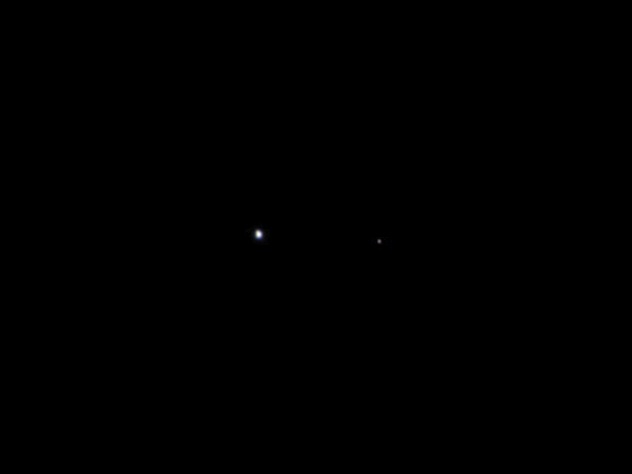
There are so many awesome things in our solar system that we often forget how empty it really is. They call it “space” for a reason. That’s what it mostly is: empty space. (That’s an image of the Earth and the Moon up there—just look at all that room.)
The Sun itself is 99.8 percent of all the mass in the solar system. Logically, that means that everything else—the enormous gas giants; every asteroid, comet, and meteoroid; and smaller planets like Earth—comprise only 0.2 percent of the matter, most of which is Jupiter.
The Sun itself, which is so large that its volume is 600 times greater than everything in the solar system combined, is less than one-trillionth of a percent of the entire solar system’s volume. There’s so much empty space in our solar system that it’s impossible for the human mind to truly grasp it.
Kier is a professional freelance writer and an editor here at Listverse. You can check out his other writing at Cracked.com or follow him on Twitter. All the cool kids are doing it.
